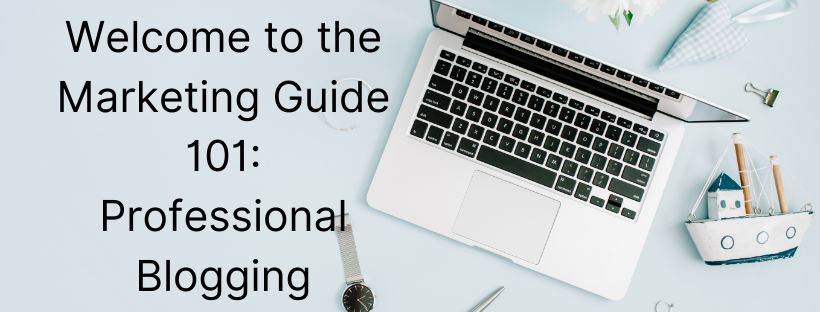
Alrighty, folks. It is time to break out our library collection and review this week’s book topic: referrals. As indicated by the title, we are going to be tackling “The Referral Engine,” by John Jantsch. John Jantsch? Is he not the guy who is the brilliant author, speaker, and marketing consultant that hosts his very own marketing podcast called The Duct Tape Marketing? Yes! That’s the guy! To find out more about his and other like-minded marketing podcasts, check out our other blog on the top three marketing podcasts. In this mini-series, we will crank out our analysis of two chapters that are incredibly useful. This blog post will cover the one out of two chapter analysis. The second upcoming blog post will cover our second analysis. The chapter we will be covering is “Chapter One: Realities of Referral” Let’s dive in.
Chapter One: Realities of Referral
Throughout the reading of this novel, Jantsch repeatedly presents a theme. A “how-to” theme. That theme is how to get your customers to refer your business, or in this case market for your business. Jantsch also grounds his argument of marketing campaigns behind the idea of word of mouth (WOM). He’s not wrong. Word of Mouth is considered to be the most effective form of promotion. Why? Simply because a person is more likely to believe something that comes from a person that he/she knows or respects, instead of sources like commercials or print ads.
Think about it. Would you rather try a weighted blanket because a commercial told you it was amazing, or because your favorite aunty told you it is worth the try? See my point? Anyway, in addition to WOM, Jantsch argues that the social drive for marketing referral is the hypothalamus. We had to reread the sentence too- don’t worry you are not crazy. The argument is actually logical. According to Jantsch, the hypothalamus likes validation. Additionally, the hypothalamus registers pleasure in doing good and being recognized for it.
“Human beings are physiologically wired to make referrals.”
Jantsch, John. The Referral Engine (p. 3). Penguin Publishing Group. Kindle Edition.
Now that we have an idea of what WOM is and a fun fact on the hypothalamus, we now enter the five realities of referrals.
Reality #1: People make referrals because they need to
One of the key takeaways from reality #1 is that we rate and refer as a form of survival. Not survival in the sense of nomadic tribes, but survival within the community. In other words, building credit. We refer to build our own form of social currency. We refer to connect with other people.
“I think the growth of many popular social networks can be traced to the fact that people love to connect and form communities around shared ideas.”
Jantsch, John. The Referral Engine (p. 4). Penguin Publishing Group. Kindle Edition.
Reality #2: All Business involves risk
As much as the hypothalamus enjoys validation, it also controls and analyzes fear. However, fear is a necessary risk in creating or maintaining a business. Check out our other book review, “Uncertainty,” by Jonathan Fields to understand and conquer the concept of fear in your business.
“When we make a referral, we are putting the trust we have established with the recipient on loan to the person or company being referred.”
Jantsch, John. The Referral Engine (p. 5). Penguin Publishing Group. Kindle Edition.
Making decisions is another element of risk. Through Jantsch’s perspective, decisions about business are the same thing as making decisions about a purchase.
“People don’t get emotional and passionate about ordinary products, a satisfactory result, or a fair price. They talk about things that surprise them or make them feel great about themselves—and, in effect, remove the feeling of risk they might have about doing business with that firm.”
Jantsch, John. The Referral Engine (p. 6). Penguin Publishing Group. Kindle Edition.
Reality #3: Nobody Talks about boring businesses
Jantsch makes an important argument here. To build a business, you have to first discover or create something that makes your product stand alone. A product that gets people talking. You should have a product that convinces and encourages people to refer to you. Take AirSend for example. We stand alone from our competitors because we have the ultimate efficient life hack. We give out customers the opportunity to do everything from ONE place. Send messages, organize files, assign tasks, create a guidebook with a built-in wiki, work with email, and more! What are some ideas or products that make you stand alone from your competitors? What does your product have that others do not? Why should customers use your product and not your competitors? These are the questions you must ask yourself when you design your product.
Reality #4: Consistency builds trust
Put simply, having consistency, authenticity, and repetition in a business are the foundational tools of the referral trade. Customers come back because they like what you have. If you were to change this, chances are customers will slowly stop coming back. Of course, changing your product for the better is always a good thing, but keep it in moderation. Take your favorite restaurant for example. Let’s say you go to your favorite Thai restaurant. They serve your favorite duck curry. One day, you go in to have your usual, and all of a sudden, instead of seeing your usual on the menu, you see Mexican dishes. Would you feel inclined to go back? An extreme example, but you get the idea. To gain referrals, stick with your product and build consistency and authenticity.
Reality #5: Marketing is a System
According to Jantsch, there’s an easy equation to remember. Business= systems and processes. Referral generation is a set of processes within the overall marketing system.
“You must embrace the true value your organization produces and develop a referral system that allows you to bring the best of your authentic self to every opportunity.”
Jantsch, John. The Referral Engine (p. 9). Penguin Publishing Group. Kindle Edition.
“Expecting referrals is not about you; it’s about getting the customer what’s possible. Find a way to detach yourself from any personal feelings of pride or self-doubt and get to work on creating a brilliant system that’s focused on getting results for your customers.”
Jantsch, John. The Referral Engine (p. 10). Penguin Publishing Group. Kindle Edition .
Summation
Referrals aren’t easy to gain; however, if you have a product that you know will sell then half of your work is completed. You must remember that with referrals comes trust, loyalty, credibility, and an amazing product. If you have these elements in your business, the rest is up to your consumers. Let your customers do the marketing for you. All you need to do is trust them, and have passion and belief in your business. How hard can that be?
Jantsch offers amazing insight into the essence of referrals, how to create your referral system, building your authentic strategy, creating your customer and strategic partner network, and more! Look forward to our second chapter analysis!
AirSend helps businesses and entrepreneurs create a versatile digital workspace to share files, send messages, and complete tasks. See how AirSend can help you.
